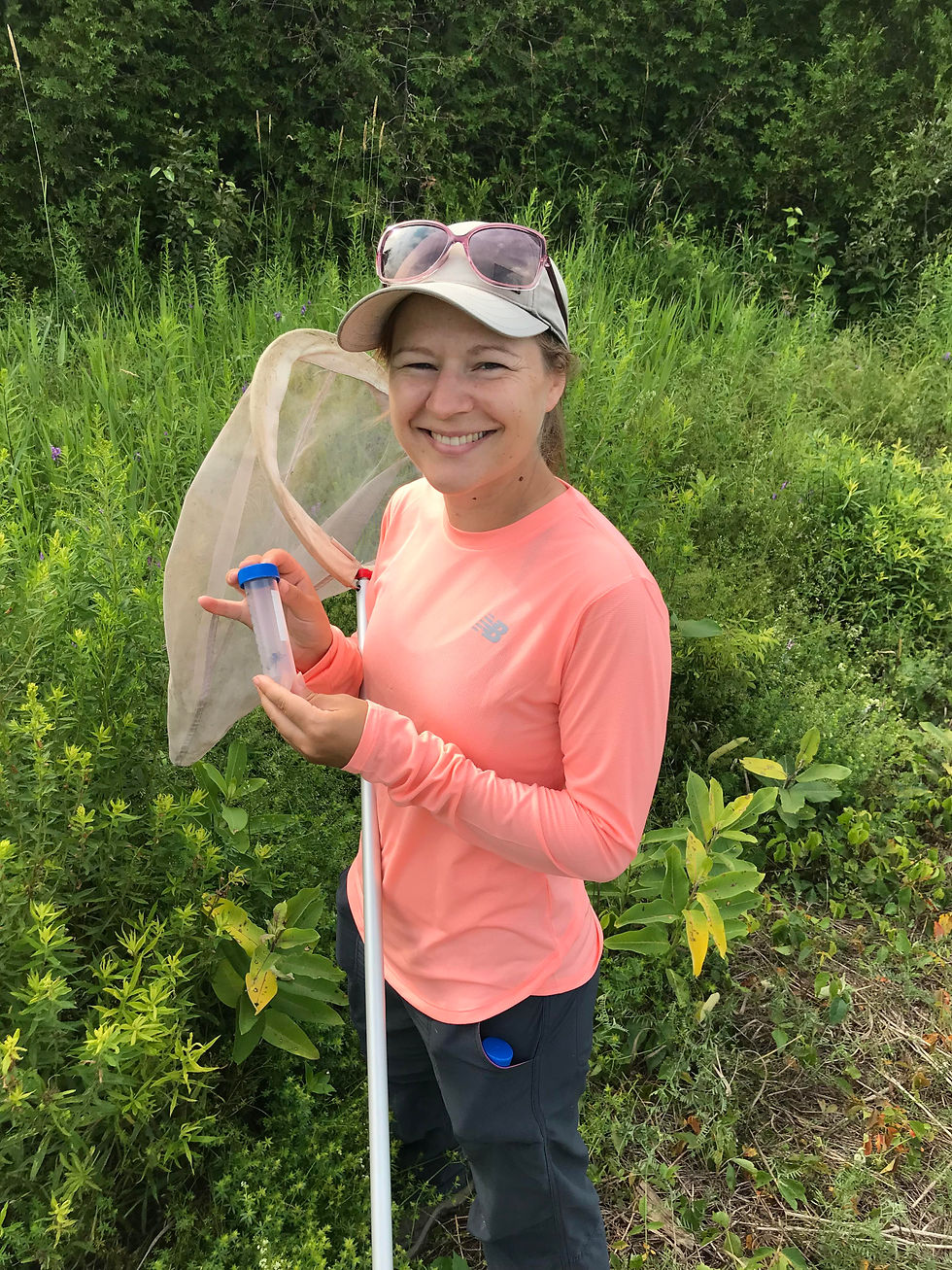The Amazing Loon
- Muskrat Watershed Council

- Aug 10, 2021
- 2 min read

Did you know that right now, Muskrat Lake is home to 18 loon families? What a great thing for our community, to all have a chance to hear that wonderfully haunting call of the loon, the sound that has long been as much a part of Canadian culture as apologizing or offering to go on a run to Timmies. Of course, there is much more to know about the Common Loon than how it sounds. Here are a few fun facts to share with your friends and neighbours at the next bonfire or barbeque:
1. The common loon, as in the bird and not the crazy party monster who lives two doors down, has four calls. The iconic call we all know so well is the wail, but there is also the yodel, the tremolo, and the hoot.
2. No bones about it. Loons are unique! Unlike other birds, most of whom have hollow, air-filled bones, loons have solid bones. This reduces their buoyancy and allows them to dive as deep as 60 meters!
3. Loons aren’t great dancers. The feet of the Common Loon are positioned towards the back of the body. This, combined with the weight of their bodies in comparison to other birds, makes loons as klutzy as a drunken loon (the human, not the bird). This is the reason loons aren’t great on land and need a long, flapping start in order to take off in flight.
4. Loons want you to know that they are not related to ducks or geese. They know what those guys left on the beach after their last party, and loons are flabbergasted. Testing has indicated they are more closely related to the albatross and penguins.
5. The Common Loon is basically a super spy. We think we know the Common Loon. Ha Ha, NO we likely do not. When he is away from home, the Common Loon has a whole new identity. What is the loon hiding? Are they worried their celebrity as a Canadian icon will garner too much attention? Are they blending into their winter environment? One this is for sure; they look totally different! Gone are the red eyes and spotted plumage we know so well. You’d be well within your rights to mistake them for a totally different bird. WHO ARE YOU, LOON? WE THOUGHT WE KNEW YOU!

(photo credit: John Picken) top (Photo credit: Dick Daniels) bottom

There are lots of other great things to know about loons: For a time, they carry their young on their backs. They mate for a season and share the responsibilities of child-rearing. There’s so much more! Each year, Birds Canada holds a Loon Survey that is conducted throughout the summer months. This is a citizen science program that encourages community members to go out on their lakes and look for loons. The Muskrat Watershed Council participates by surveying the lakes and rivers of the watershed for loons and their families.
Birds Canada raises awareness, through citizen science programs like the Loon Survey, on the importance of protecting species like the Common Loon. If you are interested in participating in the Loon survey next summer you can visit jttps://www.birdscanada.org/bird-science/Canadian-lakes=loon=survey/ to learn more.





Comments